1960–1977
Textiles to Cosmetics
The 1964 Tokyo Summer Olympics was a landmark event, signaling renewed confidence in Japan and setting in motion dramatic change and record economic growth. The period starting from the 1960s is in fact often referred to as the Japanese Miracle — a time of high economic growth. It was also a time when Japanese women drove domestic consumer spending and enjoyed new roles and new expression in fashion and makeup. In this context, Kanebo’s full-fledged transition to the cosmetics business positioned the company to respond to the trends of the times.
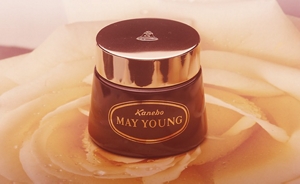
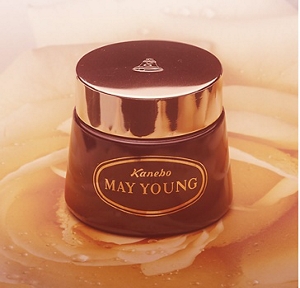

1960
Anti-aging Cream
MAY YOUNG CREAM creates a sensation as one of Japan’s first dedicated anti-aging skin products. It exemplifies Kanebo’s groundbreaking advances based on in-house dermatological research.
More
MAY YOUNG CREAM enters the market as one of Japan’s first products dedicated to addressing the signs of skin aging. The cream incorporates extracts of swertia japonica, an indigenous plant known for effectiveness in promotion of blood circulation. Kanebo goes on to engage in basic dermatological research leading to groundbreaking discoveries in areas such as hyaluronic acid and collagen synthesis, DNA damage repair, tight junctions, and aquaporin. These efforts culminate in an array of advanced ingredients, giving Kanebo its reputation as leader in the field of anti-aging cosmetics.
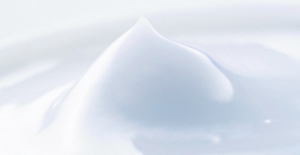
1961
Dedicated Cosmetics Business
Kanebo’s dedicated presence in the Japanese cosmetics market begins as a strategy to diversify into areas beyond the company’s core textile business. By 1963, a nationwide network encompasses 49 sales companies, and by 1965, ten thousand cosmetics stores in Japan are carrying Kanebo products.

1961
Presence in Hong Kong
Kanebo’s overseas cosmetics business begins with a sales corner at the Daimaru department store in Hong Kong and quickly expands to leading department stores and cosmetics outlets there. Asian distribution then extends to Thailand, Taiwan, Indonesia, the Philippines, and Singapore, with entry to the European retail market following in 1979.
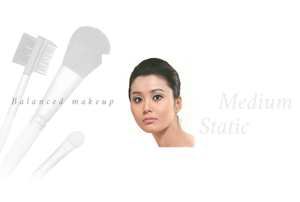
1962
A Center for Beauty Research
Kanebo’s Beauty Research Laboratory engages in a wide range of research activities centered on beauty, fashion trends, and lifestyle.
More
This dedicated institute is set up to explore and implement new ideas and trends in fashion, makeup, and beauty. For over half a century, this unique beauty and culture research facility has been engaged in a broad range of activities, integrating studies of society and lifestyle with consumer research to develop and propose makeup and beauty care techniques. The institute accumulates a body of knowledge to encourage healthy and graceful lifestyles.
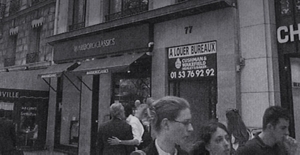
1965
Paris Laboratory
A market research unit in the center of Paris

1966
Brightening Cosmetics with Oil-soluble Vitamin C
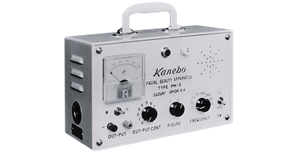
1968
Pioneering Esthetic Care
More
The connection between Kanebo Cosmetics and esthetic care is a long and deep one. In 1966, Kanebo was instrumental in introducing European esthetic beauty treatments to Japan. Rather than trying to monopolize those techniques, the company seeks to share them widely and encourages companies and individuals nationwide to use them. By 1968, Kanebo has developed Japan’s first esthetic devices. These use low-frequency current to cleanse, activate, and soothe the skin surface. When the Japanese Association of Estheticians is established in 1972, Kanebo plays a major role. Kanebo has provided in-store esthetic care services since the 1970s, and has helped lay the groundwork for today’s thriving esthetic market.
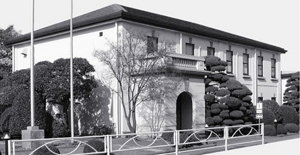
1969
Odawara Cosmetics Factory

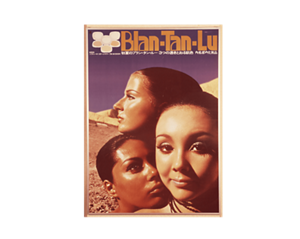

1970
Kanebo Goes Fashion — New Beauty Ideals
Inspired advertising campaigns feature the newly assertive and self-confident woman, an image that breaks with the norms of the past.
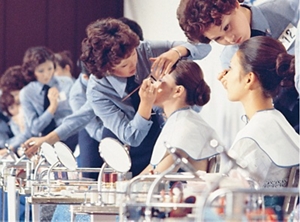
1973
Annual Makeup Contest
An in-house competition for beauty consultants is initiated to improve technical and counseling skills at point of sales. Today, about 6,000 people from throughout Asia participate in the contest every year.
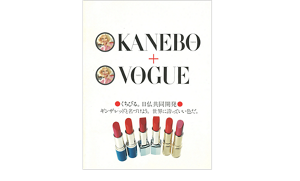


1975
Collaboration with VOGUE
Together with French VOGUE, Kanebo generates a series of stunning, attention-getting makeup campaigns championing French and Japanese beauty ideas.
More
Years before Japanese fashion explodes on the international fashion stage, Kanebo makes headlines by cooperating with French VOGUE. Beauty editors from VOGUE and makeup artists from Kanebo create a series of dazzling makeup campaigns blending French elegance with Japanese sensibility. The first campaign, “Bonjour Omemesan” (Hello Eyes), focuses on eyes. French singer Alain Chamfort contributes the campaign song, which goes on to become a major hit in Japan. The collaboration culminates in 1976 with “GINZA RED,” a spring collection of 12 vivid red lipstick shades and an eye makeup look devised to enhance the beauty of dark Asian eyes. Kanebo also enlists popular French writer Francoise Sagan for naming a subsequent campaign, “Kuroi hitomi wa o-suki” (Do you like dark eyes?), a project that markedly raises beauty awareness among Japanese women.
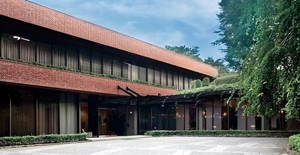
1976
Yokohama Cosmetic Education Center
A state-of-the-art training facility for beauty, management, and sales professionals.
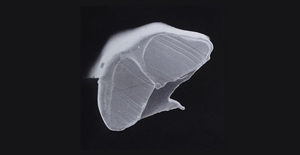
1977
Water-soluble Silk Fibroin
A breakthrough technology that makes silk fibroin water-soluble leads to new silk applications for cosmetic products, ranging from emulsions to compact powders.






